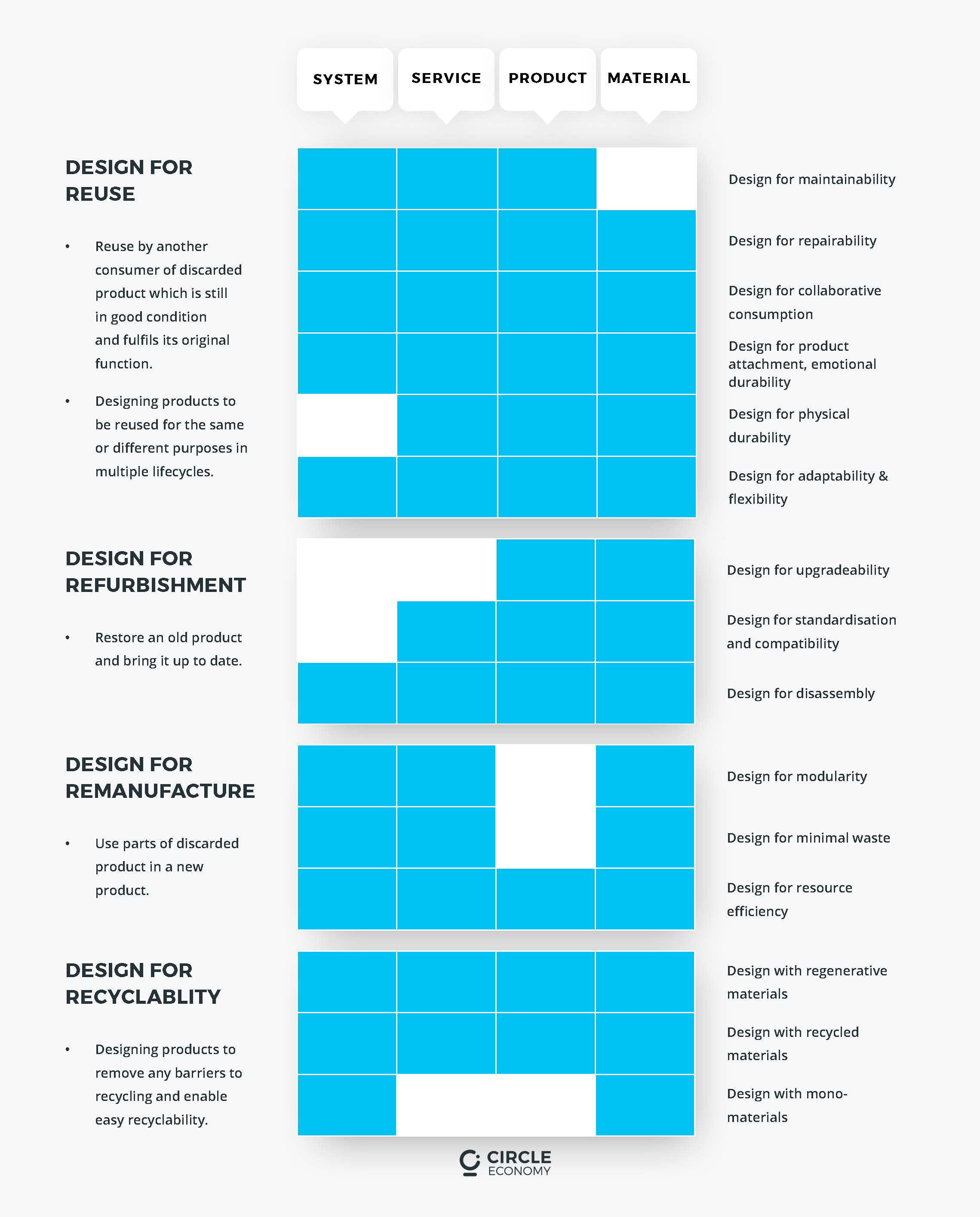Innovation and Earth Day are intrinsically linked. Innovation has enabled much of our technological advances that have extended the shelf-life of food, have enabled healthier lives through medical advances, and have made us more productive over time. As an industrial designer, sustainability has been a core component of my design practice. I have always admired the genius of designers like Buckminster Fuller in raising awareness of sustainability.
“Nature is a totally efficient, self-regenerating system. If
we discover the laws that govern this system and live synergistically within
them, sustainability will follow, and humankind will be a success.” – R.
Buckminster Fuller
I think this quote represents in essence what Winpak is striving
for. We want to systemically integrate and break silos to create an expanded view.
Rather than just considering material sustainability in isolation (i.e., a
single actor striving to improve recyclability and product efficiency) we want to
move to systemic circular approaches such as product-service systems (PSS) for
sustainability.
In this approach, we involve multiple entities moving from material-centric
thinking to a more system-based design approach. Winpak plans to launch new products following
this design approach later this year.
This perspective represents specific challenges. We must
rethink our products and materials in terms of multiple lifecycles and its associated
business models. So far, the approach to sustainability from a product design
perspective has been done somewhat linear - reduce waste, reduce pollution, and
recycle.
Nonetheless, the circular approach requires not for us to
strive to optimize what is already there but rather to rethink the system
starting from the notion of a “closed loop” of resources that avoids the
generation of waste.
To do this, there are at least four different design
approaches based on who the product is for that we need to consider when
designing our films, cups, trays, lids and so on and so forth if we really want
to be true to a Circular Economy model. These are:
- Design for reuse
- Design for refurbishment
- Design for remanufacture
- Design for recyclability
These design strategies must also consider the innovation
levels at which the design strategies operate:
- Material
- Product
- Service
- System
The Circular Product Design Framework encompasses strategies
that can be used to identify and understand opportunities for circular design
in our company from R&D to product, to service, to process design. It is
especially useful in conjunction with other frameworks used by our
sustainability team to provide direction for complex problem-solving within
this context.
Circular Product Design Framework

The Circular Product Design Framework - Insights - Circle Economy. (2022). Retrieved 19 April 2022, from https://www.circle-economy.com/resources/circular-product-design-framework
As in any
framework, the previous design and the Circular Economy concepts may provide
opportunities, but they are not solutions. They are systemic areas of
exploration that will increase the chances of having more engrained products
into the Circular Economy concepts. As I think about Earth Day and “investing
in our planet”, I am encouraged that Winpak and other companies are putting
their considerable resources into innovation and into circular systems that strive
not to just reduce waste but eliminate it.

Author
Manuel Moreno
Director, Corporate Innovation
Winnipeg, MB Canada
manuel.moreno@winpak.com
Submit a comment